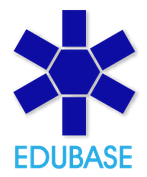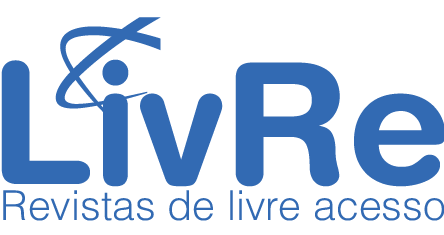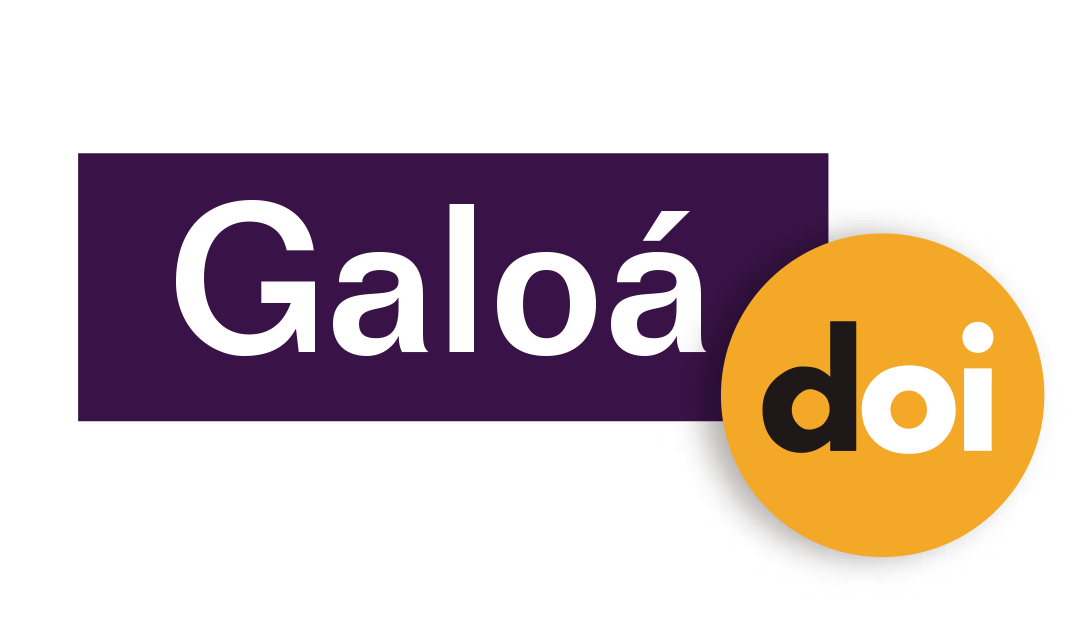The Ludic and Human Rights: The Anti-Racist Fight in Science Education for a Political-Scientific Formation through Graffiti Art
Resumo
Context: With the growing denunciations of violence and injustices in the social relationship, inside and outside schools, education based on human rights is insurgent in the current system of teaching and learning. Using the concept of school as a process of scientific, social and political construction, we planned the teaching and learning process of chemical interactions using the art of graffiti as a playful activity. Objectives: Reflection on chemistry teaching beyond the concepts of natural sciences, but also towards social issues to promote an education that transfigures the traditional model established by the hegemonic power during Brazilian history. Design: We use an ethnographic case study as a method. Scenario and Participants: In this way, we chose to bring graffiti art to chemistry workshops, since the paints are fixed on urban walls through chemical interactions between substances, building images and/or protest phrases that make us rethink the injustices and inequalities existing in Brazilian society and to dialogue the emergence of this art in the black movement with the political aspects of Human Rights. Thirteen students enrolled in a state basic education high school in the city of Goiânia-GO, Brazil, joined the workshops on Human Rights, Graffiti and Chemistry. Eight graffiti artists also participated in the workshop for free. Data collection and analysis: We used transcripts of semi-structured interviews and video-recorded workshops to categorise the data, analysing them with the Descending Hierarchical Classification technique and the use of dendrograms performed by the Iramuteq Software. Results: We obtained categories that evidence the chemical understanding of the content of chemical interactions and the socio-political understanding of human rights, and seven drawings on graffiti murals that show this correlation. Conclusions: The transgression of morals and the empowerment of the subordinate promote playfulness in the individual or collective social visibility of individuals, enabling better assimilation of scientific and social content.
Palavras-chave
Chemistry teaching; Graffiti; Ludic; Human rights; Racism
DOI: https://doi.org/10.17648/acta.scientiae.6324
Apontamentos
- Não há apontamentos.
Direitos autorais 2021 Kleber Francisco da Silva

Esta obra está licenciada sob uma licença Creative Commons Atribuição 4.0 Internacional.
ANÚNCIOS
Informamos que, a partir de outubro de 2025, devido ao grande número de artigos na fila de submissão, está suspenso o aceite de submissões. Rebriremos em fevereiro de 2026.
Mais, informamos que sites fraudulentos, https://periodicos-ulbrabr.org e https://periodicos-ulbrabra.org, estiveram se passando pela Acta Scientiae, utilizando nosso nome e identidade visual e até solicitado taxas de APC, que nós não cobramos. Aconselhamos cautela para evitar serem enganados por sites semelhantes.
Conceito A2 na Capes(2021)
Índice h5 do Google Scholar: 13
Índice mediana h5 do Google Scholar:24
eISSN: 2178-7727
Indexações:
A Acta Scientiae é indexada em: | Scopus |  | Latindex |  | Edubase (SBU/UNICAMP) |
 | Sumarios.org |  | Google Scholar |  | Portal LivRe (CNEM) |
 | Journals for Free |  | REDIB |  | Galoá DOI |

Todos os trabalhos publicados aqui estão sob uma licença Creative Commons - Atribuição 4.0 Internacional.
